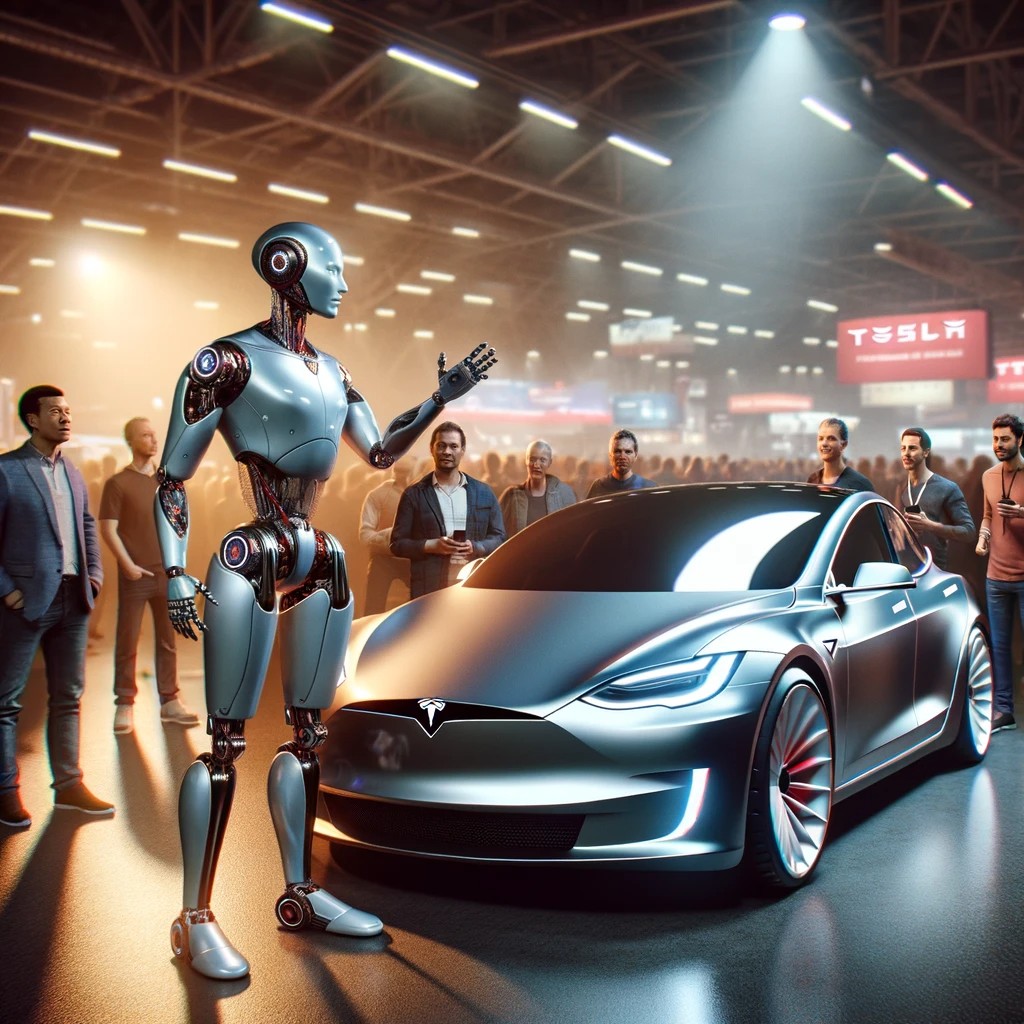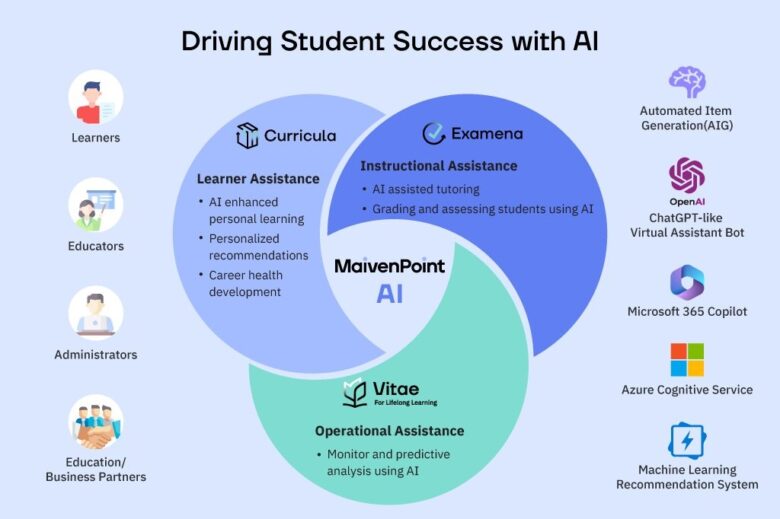In a groundbreaking development within the corporate realm, Elon Musk, the mastermind behind Tesla and SpaceX, has unveiled his ambitious plan to elevate his voting control in Tesla to approximately 25%. Currently holding a 13% stake in the company, Musk’s strategic move isn’t merely a play for power but a calculated maneuver to shape Tesla’s future trajectory, particularly in the realms of artificial intelligence (AI) and robotics.
Elon Musk’s push for enhanced control at Tesla – Shaping Tesla’s AI and robotics future
Elon Musk’s visionary drive to augment his voting control in Tesla stems from a profound dedication to advancing the company’s presence in the fields of artificial intelligence and robotics. While Musk’s current holdings hover around 13% of Tesla’s common stock, his ambition lies in extending his influence to approximately 25%, a move crucial for realizing his grand vision for Tesla’s future. The driving force behind this bid isn’t solely a quest for power but a strategic necessity, as Musk believes that without enhanced voting control, guiding Tesla effectively in the realms of AI and robotics would be a challenging feat.
The crux of Musk’s vision doesn’t rest on Tesla’s current stature as a prominent automaker. Instead, it spans across the vast potential he envisions for the company in the realms of AI and robotics. This forward-thinking approach is evident in Tesla’s recent unveiling of the Optimus humanoid robot, showcasing Musk’s belief that the future value of Tesla lies not only in its car business but also in pioneering technologies that go beyond traditional automotive markets. Musk firmly predicts that AI and robotics will ultimately surpass the value generated by Tesla’s car business and its cutting-edge full self-driving technology.
Navigating implications – Balancing ventures, management style, and governance
While Musk’s bid for greater control aligns with his expansive vision, it inevitably raises pertinent questions about Tesla’s corporate governance and the challenges of managing multiple ventures simultaneously. Musk, with his commitments to SpaceX and X Corp, is venturing into uncharted territory where juggling these ambitious projects alongside his role at Tesla requires a delicate balance.
The implications extend beyond managing ventures; concerns about Musk’s management style loom large. Recent controversies have punctuated his leadership, and critics question his ability to steer the ship effectively amid distractions. As Musk’s bid for increased control unfolds, the corporate landscape braces for potential shifts in power dynamics and strategic direction.
Tesla’s response and future conundrums
As news of Musk’s bid reverberates through the corporate corridors, Tesla, for now, maintains a stoic silence. The company’s board finds itself at a crossroads, tasked with addressing investor concerns while navigating the intricacies of executive compensation, all amidst Musk’s ongoing trial in Delaware over a previous pay package.
Various options are on the table, including the prospect of granting Musk additional shares contingent on meeting stringent performance metrics. Simultaneously, there’s consideration of reducing the number of outstanding shares to facilitate Musk’s desired increase in voting control. The board faces an intricate decision-making process, and as Musk’s compensation package undergoes scrutiny in the Delaware Chancery Court, the future of Tesla hangs in a delicate balance.
In the wake of Elon Musk‘s strategic move to bolster his control over Tesla, the corporate landscape anticipates a seismic shift in the company’s trajectory. As the board grapples with critical decisions amidst Musk’s ongoing trial, the question looms large: Will Tesla thrive under Musk’s envisioned control, steering towards new frontiers in AI and robotics, or will the challenges of governance, management, and ongoing controversies cast shadows over the electric automaker’s future? Only time will unveil the answers, as Tesla stands at the intersection of ambition and uncertainty.





